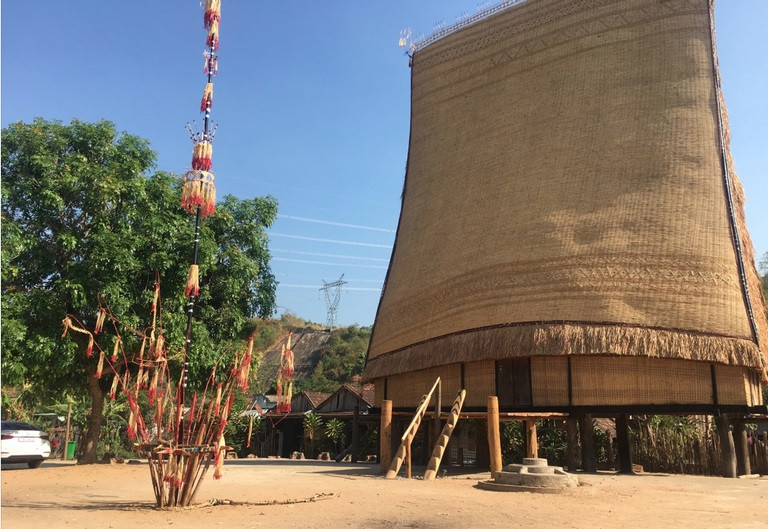
Kon Tum City has officially introduced the community-based tourism village of Kon Jo Dri to the public.
This is a village with unique values of traditional culture and space, which is connected with the Kon K'tu community-based tourism village, creating a highlight of Dak Ro Wa commune's tourism.
From Kon Tum town, across the Kon Klor suspension bridge, running along the Dak Bla River, you can see the ancient village of Kon K'tu. In Ba Na language, Kon means village, and K'tu means ancient.
With the age of over 300 years, Kon Jo Dri village has unique values of traditional culture and space, which is also connected to the Kon K'tu community community-based tourism village, creating a tourism highlight of Dak Ro Wa commune.
Mr. Dao Van Hau, Chairman of the People's Committee of Dak Ro Wa commune, said that currently Kon Jo Dri village has about 20% of stilt houses with traditional architecture of the Bahnar people.
Some traditional occupations associated with people's lives, such as carving wooden statues and weaving rattan and bamboo, have been preserved very well there.
Kon K'tu Village in Dak Ro Wa Commune was recognized by the People's Committee of Kon Tum Province as a Community-based Tourism Village in 2020. Besides the unique landscape and architecture, the local people are very gentle and hospitable, with very high sense of community.
Most young people in the village can play traditional gong musical instrument and can perform the famous Xoang dance of their ethnic group during festivals or when tourists come to their village.
These are favorable conditions for developing community-based cultural tourism in the village.
People in Kon K'tu village have changed their thinking as they consider tourism as an economic industry that can help them improve their living standards.
Many families have offered homestay services, organized gong and Xoang dance performance, or developed traditional craft professions to serve tourists.